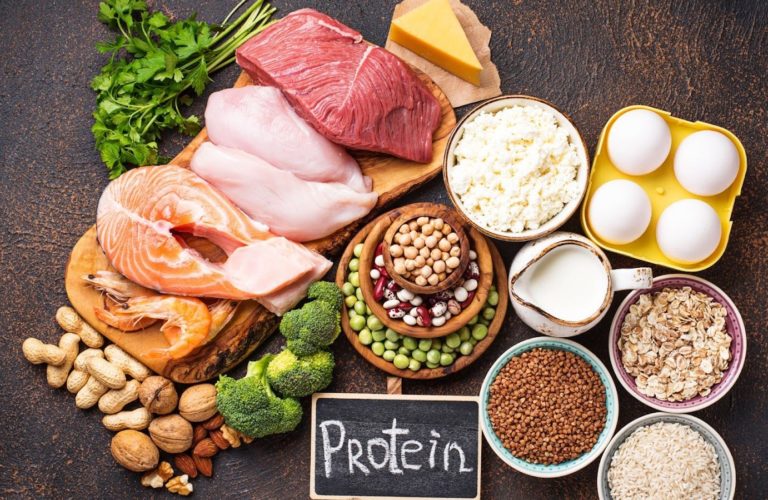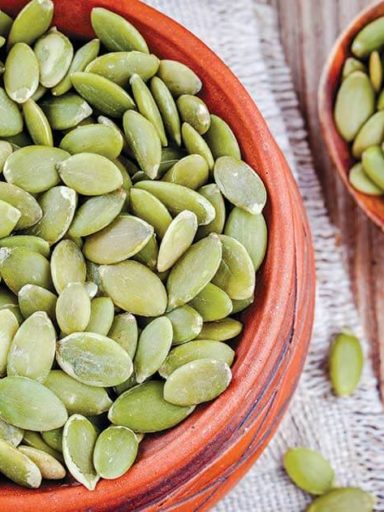In 2025, protein is no longer just a fitness buzzword—it’s a central pillar of how the world eats, shops, and innovates. As more people adopt protein-rich diets for everything from muscle retention to metabolic health, the global food industry is undergoing a transformative shift. And this time, the evolution is as much about sustainability as it is about nutrition.
From insect-based flours to lab-grown meats, the protein game is changing rapidly—and it’s not just athletes paying attention.
Demand for protein has skyrocketed across demographics. Gen Z gym-goers, aging adults focused on mobility, and even school lunch programs are driving the need for complete, functional, and clean-label proteins. But with rising environmental concerns, the source of protein is just as important as the quantity.
This shift has triggered a wave of innovation. Companies around the globe are rolling out plant-based proteins from lentils, chickpeas, mung beans, and even algae. Meanwhile, edible insect protein—once dismissed as niche—is gaining acceptance in protein bars, energy snacks, and powdered blends, especially in Southeast Asia and Africa.
Just last week, a major food biotech startup issued a press release announcing the launch of their AI-designed protein formulation that combines chickpea, pea, and algae for maximum digestibility and flavor, without the chalky aftertaste associated with traditional supplements.
Perhaps the biggest disruptor on the plate is lab-grown meat. With regulatory green lights in over a dozen countries, cultivated chicken, beef, and seafood are no longer futuristic—they’re on menus in select restaurants and premium food chains. These products offer the same taste and texture as conventional meat, minus the methane emissions, antibiotics, and ethical dilemmas.
Startups are racing to scale production and reduce costs. A “protein innovation game” is unfolding in Silicon Valley, where agri-tech accelerators are pitting emerging food brands against one another in challenges to optimize protein per acre, cost per serving, and climate footprint.
Beyond alternative meats, protein is quietly showing up where consumers least expect it—pasta, coffee, chips, milk, even water. Functional food brands are reformulating everyday staples with added protein to meet demand from health-conscious buyers who want to boost their intake without changing their habits.
In the grocery aisles of India, Brazil, and the UAE, you’ll now find high-protein rotis, fortified rice, and protein-enhanced yogurt tailored to local tastes and dietary needs. This blend of cultural relevance and nutrition is fueling both urban and rural adoption.
The rise of protein-rich snacks has also led to better gut-health formulations, blending fiber, probiotics, and amino acids to support digestion and immunity, ideal for older adults and people with dietary sensitivities.
Emerging economies are leading a quiet revolution in regionally sourced protein. In parts of Africa, cricket flour and moringa are gaining traction; in India, ancient grains like millets are being revived as protein-packed staples. Governments are stepping in too, offering grants and R&D incentives to scale sustainable protein agriculture.
These changes are reinforced by consumer behavior. According to a 2025 Nielsen survey, 67% of global consumers now read protein content on labels, and nearly half prefer eco-labeled or ethical protein sources.
It’s not just nutrition—protein has become symbolic of strength, performance, and clean living. Influencers on platforms like TikTok and YouTube are demystifying protein intake for diverse audiences, turning complex science into snackable content.
Gamified fitness apps now include daily protein trackers, and wearable devices suggest optimal intake based on activity and muscle mass goals. For many, hitting a “protein goal” feels like a level-up in a self-care game—another reason functional protein products are trending beyond the gym.
As the protein economy expands, challenges remain. Regulatory frameworks for lab-grown and insect-based foods vary widely, and ensuring allergen transparency, fair sourcing, and affordability will be key. There’s also a need to combat “protein washing”—marketing food as high-protein when the actual benefit is minimal.
Still, one thing is clear: protein has evolved from a nutritional building block into a global innovation engine, powering not just bodies but entire economies.


